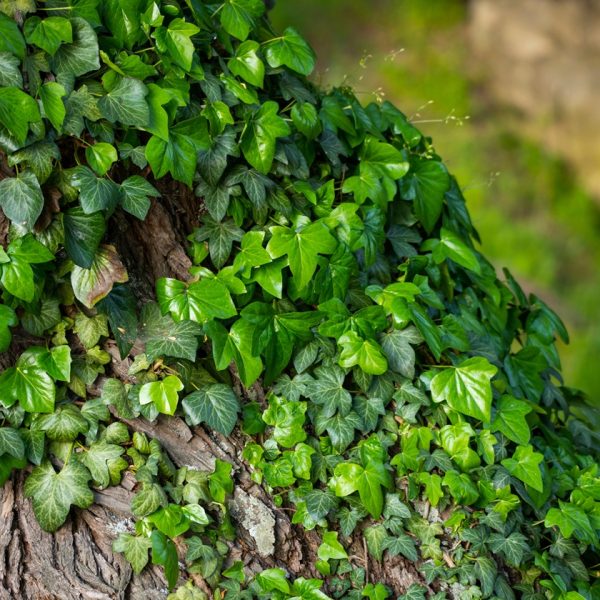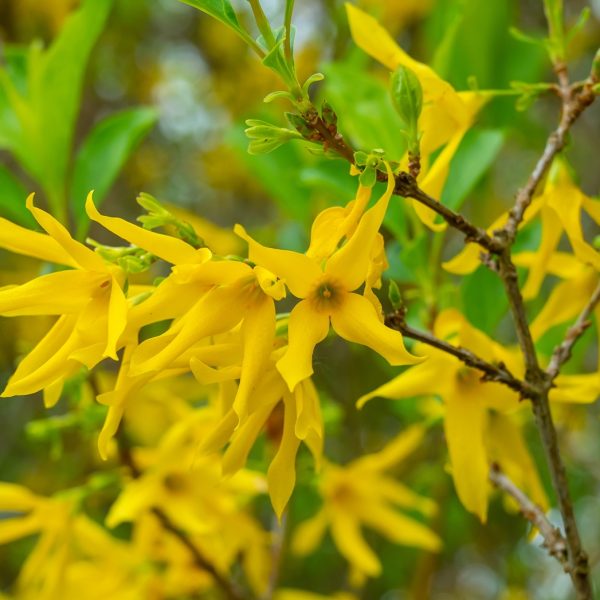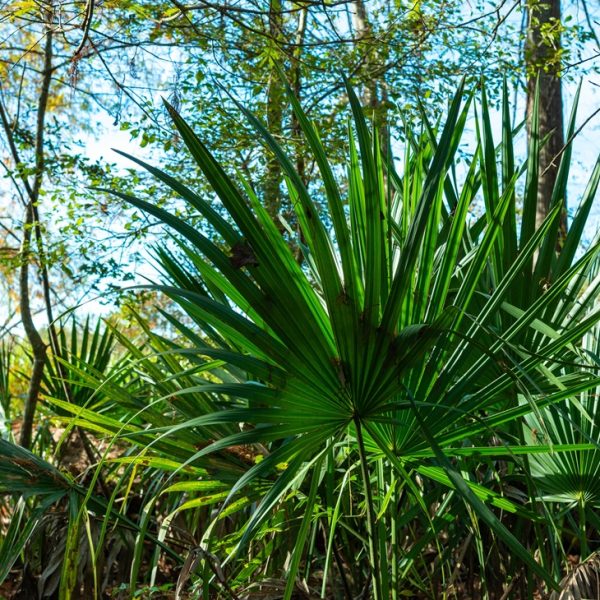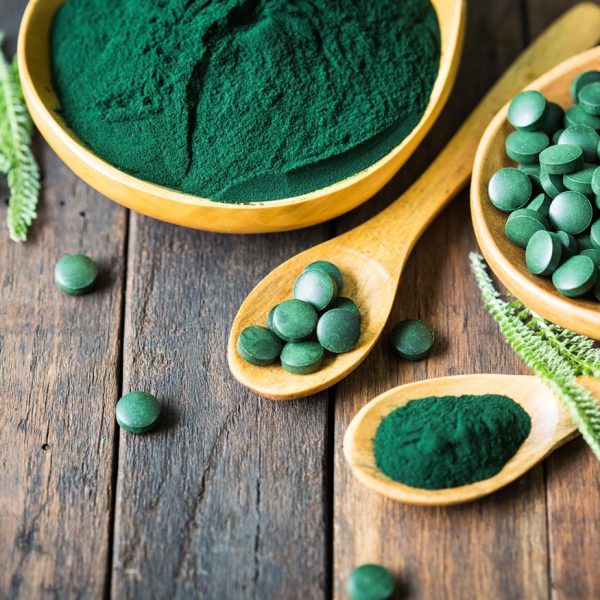Spices have long been valued for their ability to help people resist disease and maintain health. What’s the history of our spice use and how can we use them today?

Take a look at your spice cabinet. It is likely to contain salt and pepper and, if nothing else, probably some curry powder, which is usually a mixture of coriander, cumin, turmeric, ginger, cayenne, cinnamon, cardamom, and asafoetida. All of which have excellent medicinal and digestive properties, as well as adding flavour to your dinners.
Many culinary spices originate from tropical regions and dry mountainous areas, though there are some notable exceptions such as salt, which comes (essentially) from the sea, and juniper or horseradish, which are common throughout the Northern Hemisphere.
Long before the development of modern medicine, herbs and spices were valued for their ability to help people resist disease and maintain good health, even though the essential nutrients, antioxidants and health-enhancing phytochemicals they contain had not been isolated or scientifically identified and proven.
Only a few generations ago, people lived without modern technology, clinical trials, or laboratory experiments, but they still knew that herbs and spices made food easier to digest and less prone to go off. The ancient civilizations prescribed herbs and spices in foods and medicines to treat infections and infestations, relieve pain, clean wounds, ease digestion, aid sleep and purify the air.
The origins of spices

Spices were once extremely valuable, and some were literally worth their weight in gold. Not only did they help shape the economic structures of the modern world, they also underpinned the development of human civilisation.
Fortunes have been made and lost as nations competed to find and distribute spices from Asia as speedily as possible, and new routes were constantly sought. The Portuguese found the sea-route around South Africa’s Cape of Good Hope to the Indian Ocean and the South China Sea, which brought new wealth and power. Spain was in the game too, with Columbus’s Atlantic adventures unlocking the aromatic riches of the Caribbean and Central and South America — because he went the wrong way to India! Spices from Asia were planted in the New World, and New World spices were shipped to countries in the Mediterranean and the Far East.
Ships on the trade routes passed the Malabar Coast to pick up Indian herbs and spices, and European traders sent ships to collect herbs and spices from along the North African coast to take north into Europe. As a result, Mediterranean cities such as Venice created trade monopolies and became increasingly rich and powerful — until the Ottoman Empire closed their access to the Black Sea, and invaded Egypt in 1517, thus destroying much of the Venetian spice trade. But that’s another story…
The spice trade
The spice trade continued to drive the world economy from the end of the Middle Ages into modern times and helped establish European domination of East and West. The Portuguese and the Spanish adventurers were followed by the British and the Dutch, who set up the mighty East India Companies and spent years fighting over the Spice Islands and other important Asian spice havens. They guarded their territories fiercely, and created spice monopolies, which were only broken when Pierre Poivre, known to the English-speaking world as Peter Piper, established a new pepper plantation on the island of Mauritius with seeds and cuttings he had stolen from the Spice Islands!
The cost of spices

Sadly, the raging Spice Wars of the 17th century had even darker consequences for countless thousands of indigenous peoples who were brutally uprooted, turned into slaves, and robbed of their lands and livelihoods by European greed. The ships carried people as well as spices across the oceans. The people were used as free labour in the new plantations and were also used as human Guinea pigs by surgeons and botanists, travelling with the traders.
Peaceful, ancient, highly evolved societies were colonised and destroyed within decades after the Europeans’ arrival, and the ruthless desire of the spice traders for power and money fuelled the 350-year obscenity of the North Atlantic slave trade.
The way herbs and spices and lands were discovered, colonised and conquered also meant that the some of the ancient knowledge of how to use them as medicine, understanding of their inherent healing qualities, and centuries of experience of trying and testing their use, was lost.
Rediscovering what was lost
But it is not too late to rediscover their medicinal properties, and just because we have forgotten their uses, doesn’t mean they have stopped working: creating balance, giving strength and enhancing the health and immunity of the world’s inhabitants.
Below is a list of some interesting spices from the 5 continents. The strongest spices grow where the sun is most powerful, and the ripening process is fastest.
It is reassuring to think that, no matter where we are on Earth, as long as there is plant life, there is medicine — if we know how to use it.
A medicinal spice cabinet
Here are examples of some interesting native spices from around the globe that can help deal with infections and common lifestyle diseases. You will find a short profile of them below.
- Africa: Melegueta Pepper
- Australia: Mountain Pepper
- America/Caribbean: Allspice
- China: Star Anise
- Europe: Juniper
- India: Cardamom
- Japan: Sansho
- Middle East: Asafoetida
- Mediterranean: Coriander
Allspice (Pimenta dioica)
Allspice is made from the dried berries of an evergreen tree native to the Caribbean. They look like large peppercorns, have a pungent, peppery flavour, and contain antioxidant phenols and volatile oil, including eugenol, which is also found in cloves. They are antioxidant and antimicrobial, effective antiseptics, and locally anaesthetic. Allspice has warming and opening qualities, and can be used to relieve indigestion, diarrhoea and wind, as well as to treat infections. It is also used in the manufacture of deodorants and some perfumes.

Asafoetida (Ferula asafoetida)
Native to southwest Asia and the mountains of Iran and Afghanistan, asafoetida is a perennial herb that grows up to 2 m high. The whole plant gives off a pungent, almost foetid smell which comes from a resin found in the sap. The resin is extracted from the root, then dried and made into a powder. The sulphurous smell of asafoetida powder is reminiscent of a mixture of onion and garlic and, used sparingly in cooking, it has a mild sweet flavour and is an excellent flavour enhancer. Asafoetida contains resin, gums and a volatile oil rich in polyphenols. It is a powerful antiviral, antioxidant and antimicrobial, and was famous for its use in fighting the Spanish flu pandemic of 1918.
Cardamom (Elettaria cardamomum)
True green cardamom is one of the world’s most valued and expensive spices, only surpassed in price by vanilla and saffron. The plant is native to the mountain rainforests of southern India and Sri Lanka. Cardamom seedpods contain 10–20 tiny, highly aromatic, dark brown or black seeds which smell sharp and lemony. The seeds contain volatile oil including terpineol, myrcene, limonene, menthone, eucalyptol and borneol. Cardamom is strongly antiseptic and can be chewed like gum to treat mouth and gum infections and freshen the breath. It has long been valued as a treatment for a range of digestive and respiratory disorders as well as malaria, and it is a traditional warming, soothing digestive remedy to relieve colic and ease acid reflux.
Cloves (Syzygium aromaticum)
Native to the Spice Islands (Maluku) in Indonesia, cloves are the unopened dried flower buds of the evergreen clove tree that only starts to flower after eight years of growth. Once extremely highly valued in the food and pharmaceutical industries for their strong flavour and their unique medicinal qualities, cloves contain at least 15% volatile oil, particularly eugenol, which is an effective antiseptic and local anaesthetic. Cloves have thus long been used in dentistry for local anaesthesia. They also contain methyl salicylate, salicylic acid, camphor resin, flavonols and sterols, and have antiseptic, antibacterial and antifungal properties, used for gum disease and to calm digestive problems, relieve cramps and help ‘cold’ conditions. Clove oil can be taken as an alternative to aspirin to help prevent blood clots, and cloves can help increase insulin activity and lower blood sugar levels. They are strong antioxidants, helping to boost immunity, and are effective against Helicobacter spp. and E. coli bacteria. As an antiviral remedy, they may inhibit Herpes simplex, hepatitis C, HIV and other viruses.

Coriander (Coriandrum sativum)
Native to the Middle East, coriander was cultivated by the Babylonians as long ago as 800 BC. Also known as cilantro, dhania, Arabian parsley and Chinese parsley, coriander is a slender, green and fragrant annual herb. The dry ripe seeds look like pale peppercorns. All parts of the plant can be used as food and medicine, and the fresh plant has a very particular pungent aroma — loved by some and hated by others. The dry seeds have a milder sweeter scent and a warm, soft flavour, they contain essential oils together with camphor, linalol, geraniol, terpenes, flavonoids, coumarins, phenolic acids, sterols and omega oils.
Coriander has been used to treat indigestion, wind, colic and cramps and to stimulate the appetite since the earliest times. It has also been used in the management Type II diabetes and as a diuretic. It is thought to reduce the uptake of heavy metals from the diet and may even help remove them from the body. It is also used to reduce the effect of ulcerogenic Helicobacter pylori infection, and has been shown effective against both gram-positive and gram-negative bacteria, including MRSA, E. coli and Listeria.
Caution: Coriander seeds eaten in excess can have a narcotic effect.
Juniper (Juniperus communis)
One of the few spices that grows in cool, temperate climates, juniper berries are found throughout the Northern Hemisphere, from the Arctic to Africa, Europe, Asia and the mountains of North and Central America. The berries are tiny cones that grow on a coniferous shrub with sharp, needle-like leaves. The species is extremely old and has been used as fuel, medicine, preservative and flavouring since ancient times. The green berries take 18 months or more to ripen, turning dark purple with a blue waxy tint, and the berries on the same bush don’t all ripen simultaneously. The ripe berries taste of pine resin and turpentine with a bittersweet, tart note. They contain tannins, sugars, resin, bitter principle, and volatile oils, including pinene, borneol, cadinene, camphene, terpenic alcohol and terpineol. Juniper berries are strong urinary antiseptic and diuretic, and are used traditionally to reduce oedema, treat bladder stones and reduce inflammation in cases of gout and arthritis. They are also a traditional ingredient in aperitifs to help stimulate appetite and aid digestion.
Caution: Only use for a couple of weeks at a time, then have a break. Contraindicated in pregnancy.
Melegueta pepper (Aframomum melegueta)
Native to the coastal swamps of West Africa from Sierra Leone to the Congo, these tiny reddish-brown, grain-like seeds are obtained from the dried fruits of a herbaceous perennial. Melegueta was a popular spice and medicine in Great Britain until the 19th Century, when King George III forbade its use on grounds of it giving ‘fictitious strength’ to cordials and aquavits. Melegueta pepper adds a fantastically pungent peppery flavour to a dish, and is a favourite spice in West African cookery. It contains volatile oils, saponins, glycosides, flavonoids and phyto-sterols, and is a powerful antioxidant with anti-inflammatory, antimicrobial and antifungal properties. It has a warming and stimulating effect on the digestion and circulation, and it also appears to have some anti-diabetic and body-fat-reducing properties.
Mountain pepper (Tasmannia lanceolate)
Mountain pepper is the dried leaf and berry of a tall evergreen shrub native to the gullies of the rainforests of south-eastern Australia, and was used by aboriginal people as a bush food, spice and a medicine. Later, the colonials used it as a pepper substitute as the berries are sweet with a peppery aftertaste. Both leaves and berries contain polygodial, anthocyanin, flavone glycosides, rutin, chlorogenic acid, and have strong antimicrobial and antioxidant properties. Mountain pepper is traditionally used as a digestive stimulant that protects the stomach lining, and also for rheumatic problems, to relieve asthma, and to treat vitamin C deficiency.
Sansho (Zanthoxylum piperitum)
Sansho is also known as Japanese pepper, and is one of the few spices commonly used in Japanese cookery. It is not a true pepper but a berry, produced by a Japanese variety of prickly ash (a spiny, aromatic, deciduous shrub or small tree). Sansho berries have an earthy, tangy, lemony, light, spicy flavour, and they contain volatile oils including geraniol, dipentene and citral as well as sanchool (which is responsible for their pungency), together with various flavonoids, including quercetin and hesperidin. Sansho is a warming, stimulating spice, a traditional muscle pain remedy, thought to benefit the spleen and stomach, stimulate digestion, and relieve cold digestive complaints. It has antibacterial and antifungal properties, and can be used as a worming remedy against intestinal parasites.
Star anise (Illicium verum)
Star anise is the dried fruit of an aromatic, evergreen tree which starts to bear fruit when it is about six-years old and carries on producing for up to a hundred years. The tree is native to southwest China and northeast Vietnam. Star anise has a sweetly pungent, slightly bitter, liquorice flavour, stronger than aniseed (to which it is not related). It contains anethole, shikimic acid, flavonoids, sesquiterpenes, lignans and caryophyllene. The shikimic acid is a strong antiviral agent, and a primary ingredient of antiviral drugs such as Tamiflu. Star anise is a warming, stimulating herb used relieve pain and balance the flow of qi. It is a traditional remedy for arthritis and digestive problems, and has potent antimicrobial properties against bacteria, fungi and some yeasts. Its immune-stimulating, antimicrobial and antioxidant properties, together with its gentle painkilling and sedative effects and lovely taste, makes star anise a perfect remedy for young children to relieve colic, coughs, bronchitis and asthma.
Caution: Do not confuse with Japanese star anise (Illicium anisatum) which is poisonous.
Further reading
Useful websites
- American Botanical Council. Accessed August 13, 2024. https://abc.herbalgram.org
- British Herbal Medicine Association. Accessed August 13, 2024. https://bhma.info
- Harvard Health Publications. Accessed August 13, 2024. https://health.harvard.edu
- The Herb Society. Accessed August 13, 2024. https://herbsociety.org.uk
- Kew Gardens. Accessed August 13, 2024. https://kew.org
- Kew Science Medicinal Plant Naming Services. Accessed August 13, 2024. https://mpns.science.kew.org
- Plants for a Future. Accessed August 13, 2024. https://pfaf.org
- Royal Horticultural Society. Accessed August 13, 2024. https://rhs.org.uk
- Southwest School of Botanical Medicine. Accessed August 13, 2024. https://swsbm.comSpice Advice. Accessed August 13, 2024. https://spiceadvice.com
Books
- Bartram T. Bartram’s Encyclopedia of Herbal Medicines. Robinson Publishing; 1998.
- Caldicott C, Caldicott C. The Spice Routes. Frances Lincoln Ltd; 2001.
- Debuigne G, Couplan F. Petit Larousse des Plantes qui Guérissent. Larousse; 2006.
- Gray L. Self-Sufficiency Herbs and Spices. New Holland Publishers Ltd; 2011.
- Hartvig K. Healing Spices. Watkins Media Ltd; 2016.
- Marciano M, Vizniak N. Evidence Informed Botanical Medicine. Professional Health Systems Inc; 2025.
- Mills SY. The Essential Book of Herbal Medicine. Arkana; 1993.
- Morris S, Mackley L. The Complete Cook’s Encyclopedia of Spices. Anness Publishing Ltd; 2011.
- Ralph A, Tassel M. Native Healers. Aeon Books; 2020.
- The Royal Horticultural Society, Toogood AR. RHS Wisley Experts Gardeners’ Advice. Dorling Kindersley; 2004.
- Vaughan JG, Geissler CA. The New Oxford Book of Food Plants. Oxford University Press; 1999.

